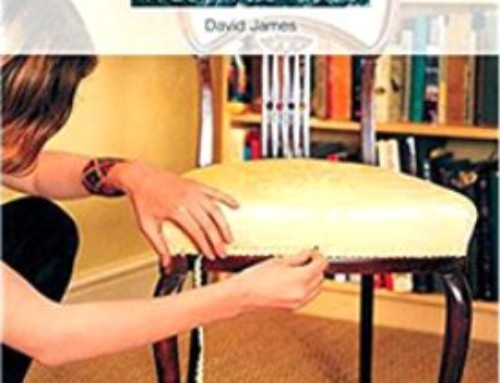
Velvet is one of the most alluring and luxurious fabrics around. Originally created from silk, an already rare commodity, velvet has been recognized as a luxury item since its creation over 4,000 years ago.
Velvet is known for its brilliant luster and three dimensional properties.
In this article we will go over what velvet is, how it is created and how to properly maintain it.
What is real velvet made from?
The answer to this has changed throughout time. Velvet which was originally made from silk is no longer defined by the material element. Now due to advancements in the textile industry velvet is made from a variety of fabrics. These include:
- cotton
- silk
- synthetic fibers such as polyester and rayon
How is velvet created?
Now it’s not so much the material that creates the velvet, but the way in which it is created. For rugs, velvet is made on a loom from two different threads that are wound on separate press rolls. The material is threaded through one warp in a V or W pattern and then threaded through the next warp interlocking the two. At the end of the process the center of the weave is cut between the two warps and you are left with two different piles. These two piles will be identical, and since it is made from two different threads, it will be stronger.
One defining factor of velvet is that the pile is cut at 1/8th of an inch. This makes it longer than velour but shorter than velveteen. This process is quite lengthy and only because of modern day technology is velvet somewhat affordable. Before the industrial revolution velvet was only reserved for the royal and wealthy. If the process for creating this fabric is, well a process now, we can only imagine how time consuming and labor-some it must have been 1000 years ago.
Velvet’s Alluring Traits
Now that we know a bit about how this fabric is created let’s talk about it’s alluring traits. Velvet is not a flat fabric and has a pile or nap. The nap is the direction in which the fibers naturally flow. Fabrics with a nap will always look different depending on what angle you are standing on, but velvet is especially distinctive. This is because of the light reflective properties of the fabric. Depending on what angle you stand on the same color can look very different. That is why it is important to always groom the fibers in the same direction. Do not groom against the grain but follow the natural flow of the nap. This way the fibers will be uniform all around.
The same properties that make the velvet shine are also what makes it so smooth. The feel of velvet is unlike other fabrics in the sense that it makes you want to touch it. Many people including myself can’t help but run their hands down it without experiencing a satisfactory feeling. Now as gracious and delicate as these features may seem, they do help when it comes to maintenance.

Velvet Upholstery Fabric Maintenance
One thing about velvet that may scare some people away is maintenance. But caring for your velvet is not as hard as you may think. Velvet is surprisingly resilient despite its delicate appearance and if cared for correctly can last for many years. Some even say this material gets better with age as it develops a certain patina.
Similar to leather this gives the velvet its own distinctive character over the years. So what do you do if you spill a bit of drink on your new velvet dress or chair? Well if it’s not too bad you can simply blot it up as velvet has stain resistant properties built into it. In the same way the light reflects off its surface, water will bead off as if on spider silk. If the spill or stain is too problematic for the simple dab method, you can use steam or a light misting of water. But be careful as you can destroy the nap this way and you should carefully groom it in the correct direction before it dries.
In the same manner you remove stains you can also remove wrinkles. As stated earlier this fabric is resilient and will bounce back after some use. If your new velvet sofa or dress is wrinkled, simply steam the fabric and brush the wrinkles out gently. Again you should take care to groom the fibers in their natural direction and this will return the velvet to its original orientation.
About the Author
James Lotito has been working in the carpet and upholstery business for over a decade now and is the owner of Restora-Rug carpet and upholstery cleaning. James is married with two children and currently resides in New York. You can visit his work at https://restorarug.com.




Leave A Comment